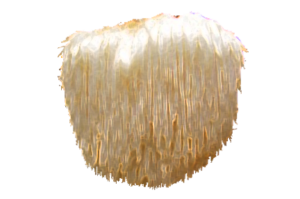Abstract
Hericium erinaceus (Bull.: Fr.) Pers. is an edible and medicinal mushroom used traditionally to improve memory. In this study, we investigated the neuritogenic effects of hericenones isolated from H. erinaceus and the mechanisms of action involved. H. erinaceus was cultivated and the secondary metabolites were elucidated by high performance liquid chromatography (HPLC), liquid chromatography-mass spectrometry (LC-MS), and nuclear magnetic resonance (NMR). The secondary metabolites were tested for neurite outgrowth activity (if any). Rat pheochromocytoma (PC12) cells were employed and the nerve growth factor (NGF) level was also determined. The signaling pathways involved in the mushroom-induced neuritogenesis were investigated using several pharmacological inhibitors. Hericenones B–E (1–4), erinacerin A (5) and isohericerin (6) were isolated from the basidiocarps of H. erinaceus. The hericenones did not promote neurite outgrowth but when induced with a low concentration of NGF (5 ng mL−1), the neuritogenic activity was comparable to that of the positive control (50 ng mL−1 of NGF). Hericenone E was able to stimulate NGF secretion which was two-fold higher than that of the positive control. The neuritogenesis process was partially blocked by the tyrosine kinase receptor (Trk) inhibitor, K252a, suggesting that the neuritogenic effect was not solely due to NGF. Hericenone E also increased the phosphorylation of extracellular-signal regulated kinases (ERKs) and protein kinase B (Akt). Taken together, this study suggests that hericenone E potentiated NGF-induced neuritogenesis in PC12 cells via the MEK/ERK and PI3K/Akt pathways.
Reference:
Food Funct., 2014,5, 3160-3169
DOI: 10.1039/C4FO00452C Received 21 May 2014, Accepted 10 Sep 2014

